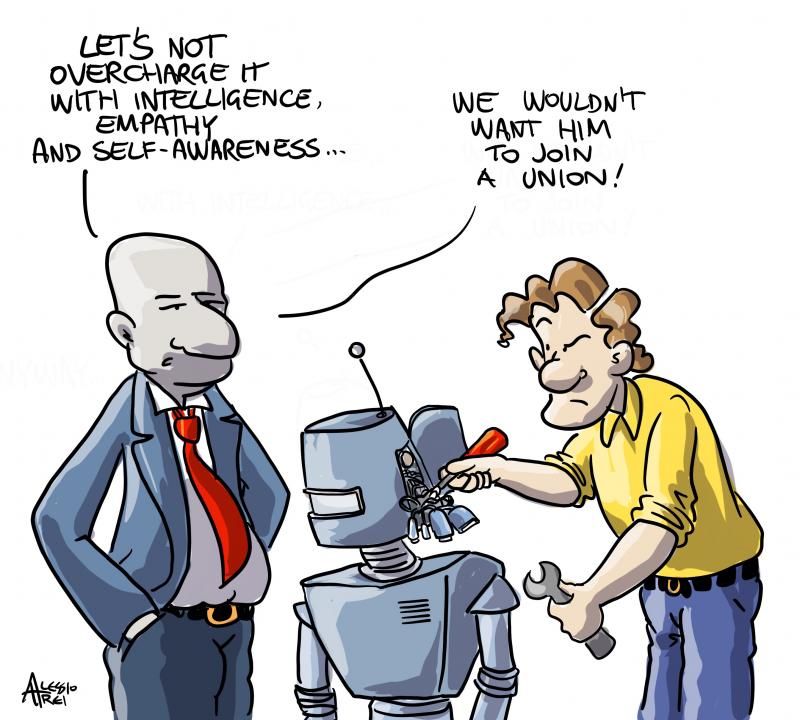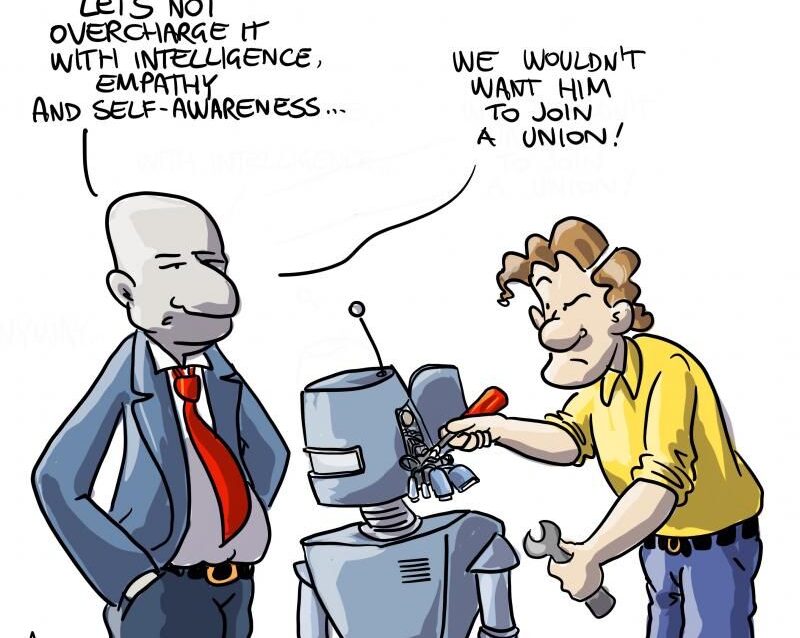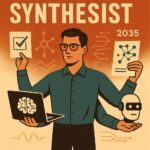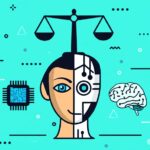AI Neural Networks in 5 minutes…
A digital model inspired by the human brain
• It consists of layers of neurons nodes process information
• It mimics how we learn by patterns and feedback
• forms the basis of deep learning
Popular architectures include:
– CNN (Convolutional Neural Networks) – face ID, diagnostics
– LSTM (Long Short-Term Memory) handles sequences like language, text
– Deep Reinforcement Learning – learns via rewards, in robotics, self-driving cars
Where Neural Networks Touch Our Daily Lives:
• Voice assistants use LSTM to understand speech
• Banking apps use neural networks to detect fraud
• Face unlock uses CNN
• Recommendation engines (Netflix, Amazon) rely on deep networks
• Chatbots, auto-translation tools and grammar correctors are neural-powered
• In hospitals image recognition detects early-stage cancers
• In factories reinforcement learning optimizes robotic arms
The Promise They Hold:
• Spot patterns across billions of data points
• Reduce diagnostic errors in healthcare
• Navigate real-time in logistics, transport
Where Things Can Go Wrong:
• They don’t think — only recognizes statistical patterns
• They don’t know “why” something is right — just that it’s likely
• They struggle with causal reasoning and counterfactual thinking
• They can’t explain their decision (black-box problem)
• They are only as good as the data — biased data, biased outcomes
• Performs well in training, poorly in real life
• At times hallucinate confidently give wrong answers
• At times they collapse without warning
Critical Thinking vs. Pattern Matching:
• Neural networks mimic outcomes, not the reasoning process
• Medium complexity logic often tricks them
• As seen in Apple LRM studies, reasoning can degrade with complexity
• They reduce thinking when tasks get harder — a flaw hard to detect
• They don’t generalize like humans do
• They lack intuition and grounding
So Why the Widespread Use Then?
• They work – when trained correctly
• For repetitive, narrow tasks, they outperform humans
When can we use it?
• Only in controlled domains
• Only when their output is supervised
• Only when their failures are low-impact
• Never as a standalone decision-maker in high-stakes matters
For Leaders :
• Use this as tools, not replacements
• Build interpretability into the workflow
• Keep a human in the loop where stakes are high
• Avoid hype, understand it’s limits
• Benchmark not just on output but on consistency
• Monitor not just what models say — but how and why
A Simple Truth in Complex Times:
• Neural networks are impressive
• But they don’t replace human logic
• They simulate cognition, not possess it
• They automate patterns, not reasoning
• They are assistants, not philosophers
Final Takeaway:
• Let them help, but not decide
• Let them scale, but not dominate
• Let them guide, but not replace judgment
• Our mind is still the most reliable reasoning engine we’ve got
#NeuralNetworks #AIForBusiness #GCCLeadership #ResponsibleAI






